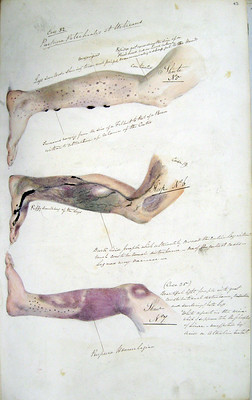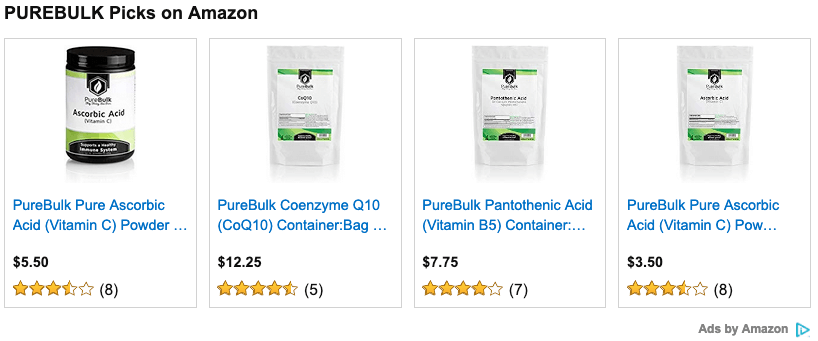Vitamin C Megadose – Why Large Doses Aren't So Large
A vitamin C megadose is considered anything that is many times greater than the RDA (Recommended Daily Allowance) of about 90 mg.
Such little amounts of vitamin C only prevent scurvy and lead us into a subclinical scurvy state.
That means that many health problems are occurring because of too little vitamin C consumption.
Many people do not realize that the vast majority of animals can manufacture their own vitamin C, which is technically called ascorbic acid.
The term ascorbic means "anti-scurvy."
It is also relatively unknown that illness, injury, trauma, stress, and pollution all use up large quantities of vitamin C in both animals and humans.
It is common for an animal to make up to TEN TIMES its normal daily amount of ascorbic acid when suffering from stress, illness, injury, or exposure to pollution. These are certainly not considered vitamin C megadoses when animals ramp up their production to meet their needs.
But there is a key difference between us and most of the animal world. There bodies can make ascorbic acid.

We humans cannot make ascorbic acid!
Almost all mammals make ascorbic acid in their livers from glucose (other animals generally make it in their kidneys).
Four enzymes are required to turn glucose into ascorbic acid. We humans have the first three enzymes in our livers that are required for ascorbic acid synthesis.
We are missing the fourth enzyme, L-gulonolactone oxidase. This missing enzyme is what blocks the liver production of vitamin C in humans. Animals that are not missing L-gulonolactone oxidase make and release considerable amounts of ascorbic acid into the bloodstream on a continuous basis.
The reason we are missing the fourth enzyme is because of a genetic mutation that occurred many millions of years ago to our early primate ancestors.
This was a detrimental mutation - as most other species that lost the ability to make ascorbic acid died out quickly.
The only reason we survived was because our ancestors lived in jungles and had access to adequate food sources of ascorbic acid year round.
It wasn't enough for optimal health, as ascorbic acid is involved in many critical biochemical processes. But it was enough for us to survive.
However, conventional diets have reduced our vitamin C consumption even further to dangerously low levels.
We know that a modern gorilla (that also cannot make its own vitamin C) living in the wild consumes about 4-5 grams (4,000-5,000 mg) of ascorbic acid per day.
Compare that to modern man, who now averages less than 100 mg of ascorbic acid per day from food.
Such little amounts provide protection from death by scurvy, but are not enough to convey all of the many positive health benefits that other animals receive.
Falling short of our daily requirements sends us into subclinical scurvy, also called chronic hypoascorbemia.
This common condition produces many non-specific symptoms that can be blamed on other things – symptoms such as:
- delayed healing
- heart disease
- plaque buildup in the arteries
- high cholesterol
- extreme fatigue
- easy bruising
- increased susceptibility to infections
- pain in the muscles and joints
- poor oral health
- rough, dry skin
People who rely on food alone cannot overcome subclinical scurvy. Our diet is not giving us enough to meet the DAILY needs of a healthy individual, let alone those dealing with stress, illness, or increasing exposure to pollutants.
It is simply not possible to eat enough fruits and vegetables to increase our ascorbic acid dosage many fold as mammals do in their livers as needed.
Therefore supplementation with a so-called vitamin C megadose is necessary to make up for the genetic defect our ancestors suffered millions of years ago.
These physiological dosages should not be called a vitamin C megadose though, as there are negative associations with such a term.
To find out how much you need as an individual, try the vitamin C flush.
Health and Wellness Home - Benefits of Vitamin C - Vitamin C Megadose





